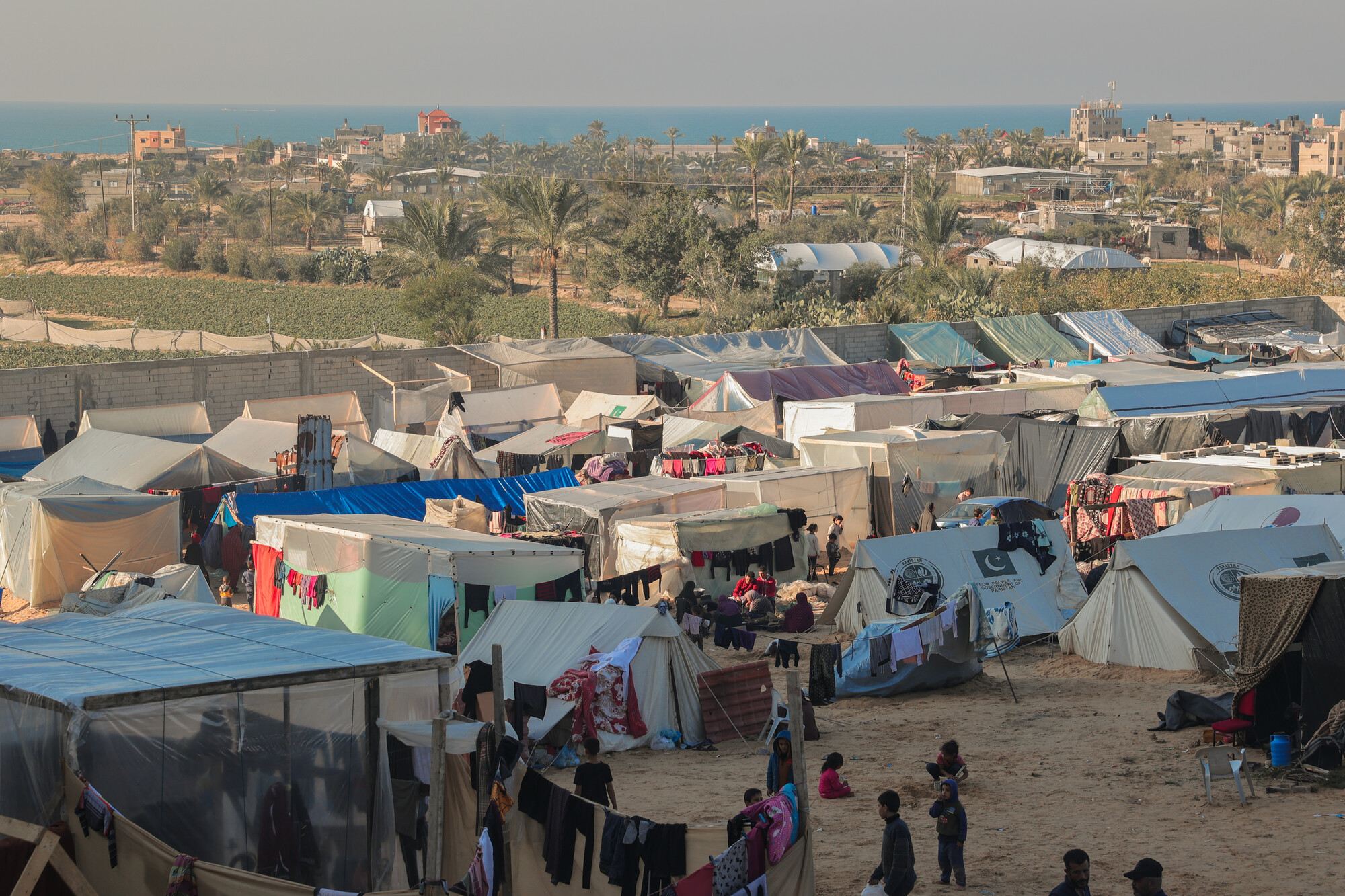
Gaza: Military offensive on Rafah would be a “cruel and heart-breaking blow”
CARE is joining the global outcry demanding that the imminent invasion of the city in the South of Gaza be immediately halted.
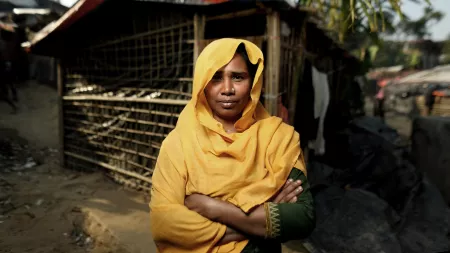
CARE works with local partners with the aim to reach 50 million people affected by crises by 2030.
The number of people in need of humanitarian assistance globally is at unprecedented levels, exacerbated by the climate emergency, conflict and the ongoing COVID-19 pandemic. Up to 811 million people in the world are currently facing food insecurity and over 1% of the global population is now displaced.
Women and girls are disproportionately affected by crises, and in ways that differ to men. Despite this, they are typically left out of humanitarian coordination, assessments, decision-making, and planning procedures. Our experience tells us that women are frequently the frontline responders within their communities when a crisis strikes, and they possess valuable knowledge, influence and expertise on what is needed. This is why CARE International has a special focus on understanding and addressing the power and gender imbalances that affect women and girls in crisis situations and prioritizes working with women’s organizations to lead the response.
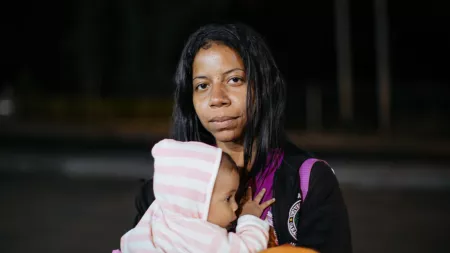
CARE International and our partners prepare for and respond rapidly, at scale, to sudden onset natural disasters, protracted and complex crises (as well as shocks within them), and public health emergencies and their secondary impacts.
CARE International plays a leading role in transforming the humanitarian sector by putting gender at the center of our responses. We use specific approaches that protect people’s dignity, and build resilience and social cohesion in communities before, during, and after an emergency. Our core humanitarian sectors are:
By working with local partners, CARE provides quality and gender-focused humanitarian assistance to 10% of those affected by major crises, with a goal to reach at least 50 million people by 2030.
Our programming is:
Since 2016, about half of our humanitarian programming has been implemented fully or mostly with local partners, with increased attention on the powerful role of local women’s organizations in delivering locally led and gender-transformative humanitarian response.
Our humanitarian programming uses models like Women Lead in Emergencies (WLiE) bring together different elements of CARE’s gender in emergencies work and is applied by CARE and our partners to transform social and gender norms in humanitarian action. Further to this, CARE uses evidence from our Rapid Gender Analysis and participatory needs assessment processes to ensure that our humanitarian work is needs-based and takes an intersectional approach to serve the most vulnerable or at risk within a specific context.
CARE International will continue to partner with governments, UN agencies, international and national NGOs, (including NGO networks), academic institutions, and private sector actors in countries, regions, and at the global level. We invite like-minded organizations, from social movements to inter-governmental organizations, to partner with us in ways that allow us to strengthen our joint humanitarian response on the ground.
Read our Vision 2030 Impact Area Strategy for Crisis Response here.

CARE is joining the global outcry demanding that the imminent invasion of the city in the South of Gaza be immediately halted.
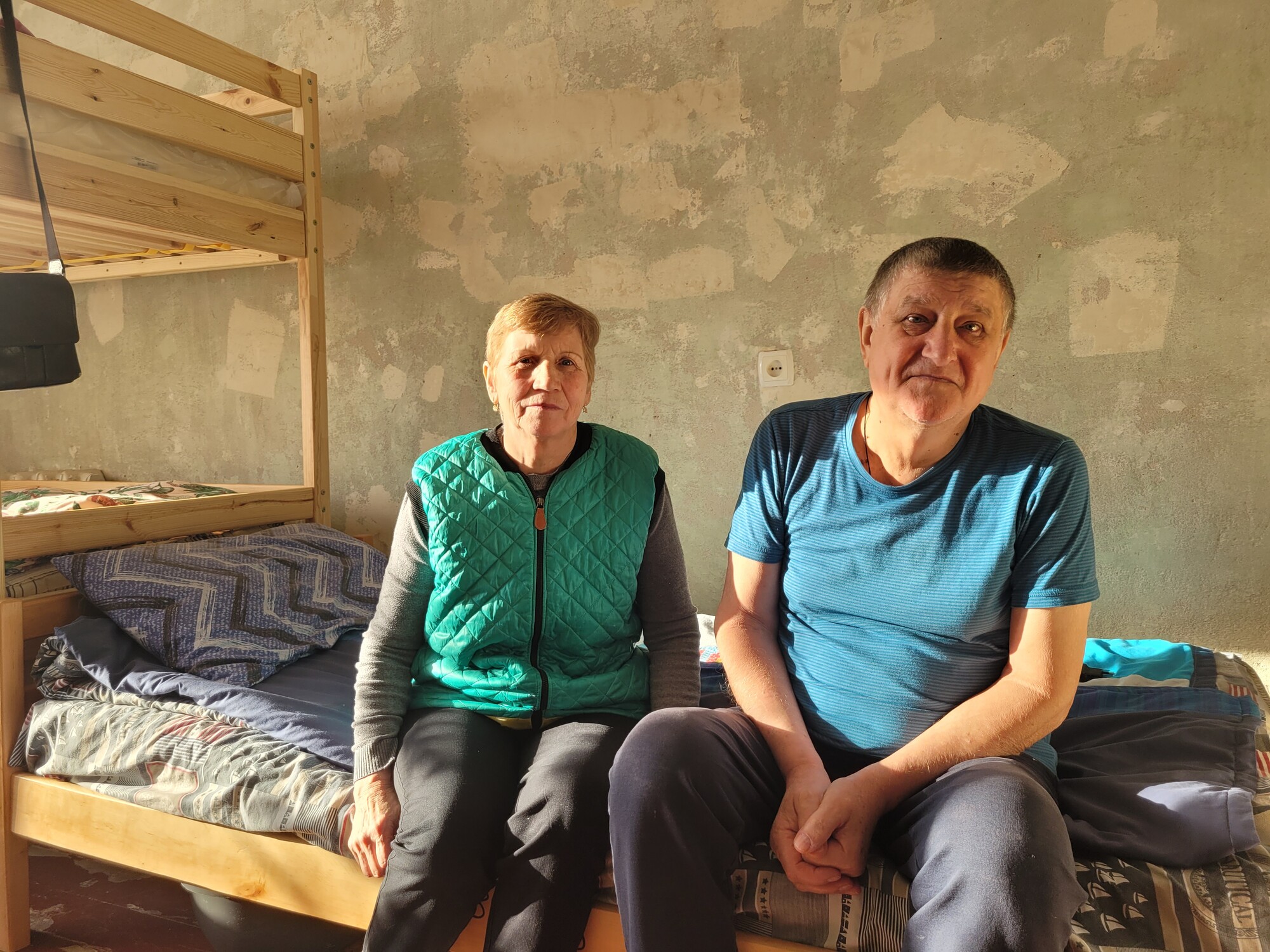
As the Humanitarian Senior Officials Meeting takes place today in Brussels, the Confederation emphasizes the critical importance of sustained humanitarian assistance to all war-affected people in Ukraine, especially women and girls
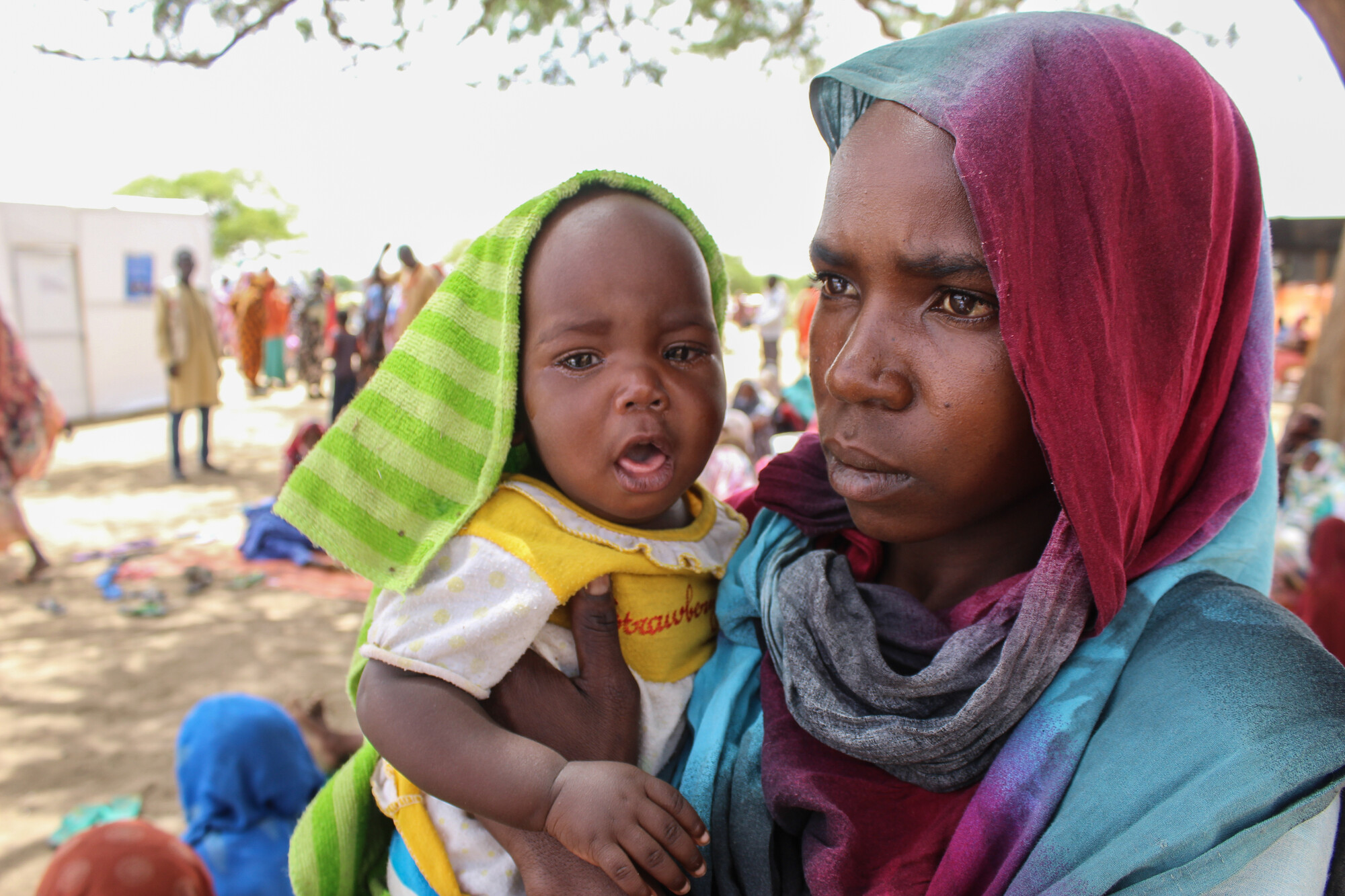
After 12 months of a devastating conflict, the pervasive use of sexual violence as a weapon of war is laid bare in a new advocacy brief issued today by CARE and partners.
Dr. Umaiyeh Kammash, Director of CARE’s partner organization Juzoor, speaks about the situation of people in the north of Gaza, and the challenges his staff face every day.
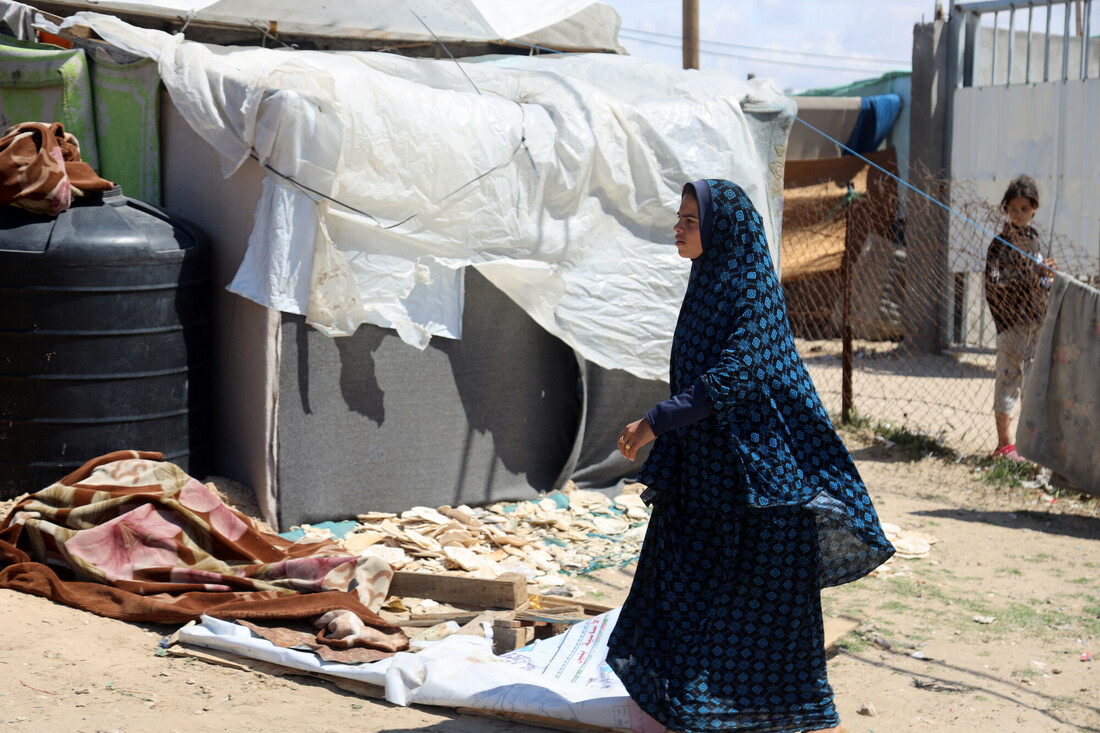
Six months into the devastating conflict, displaced mothers in Gaza talk about their current living situation, biggest fears, and their wishes for the future.
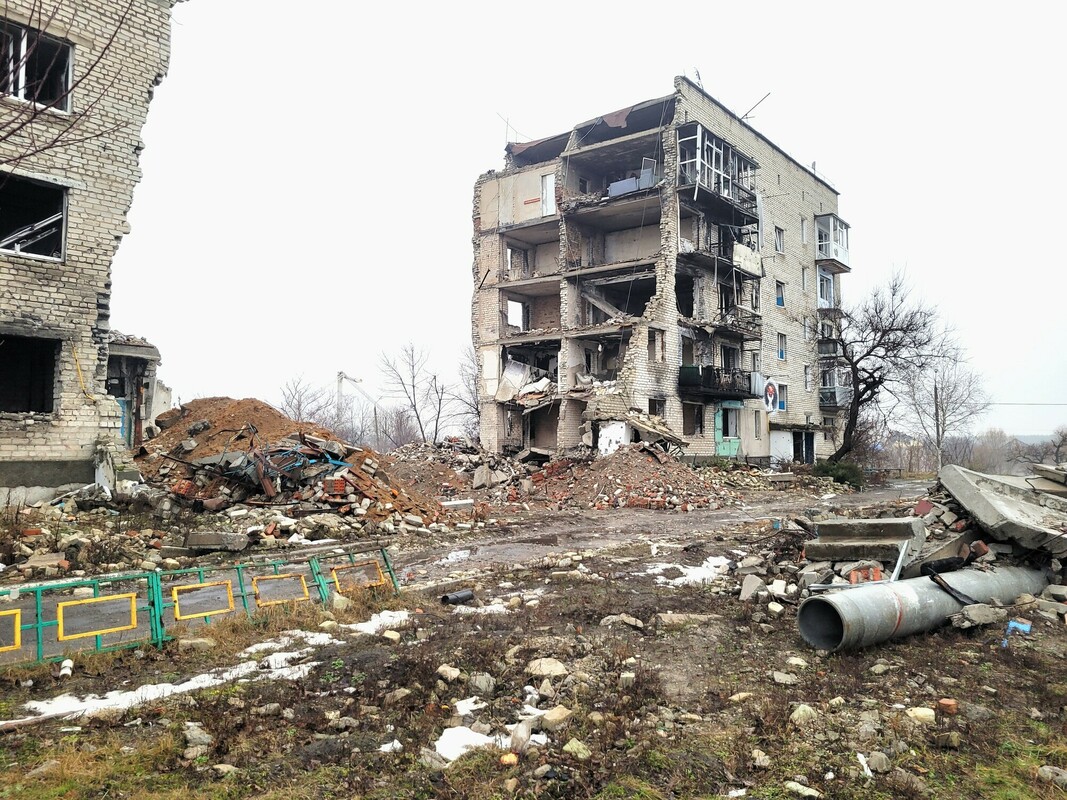
Sarah Easter, Emergency Communications Officer, CARE Germany and CARE Austria covers story of Olga, 50, her daughter and her grand-daughter in Ukraine,as they count through the explosions every night.
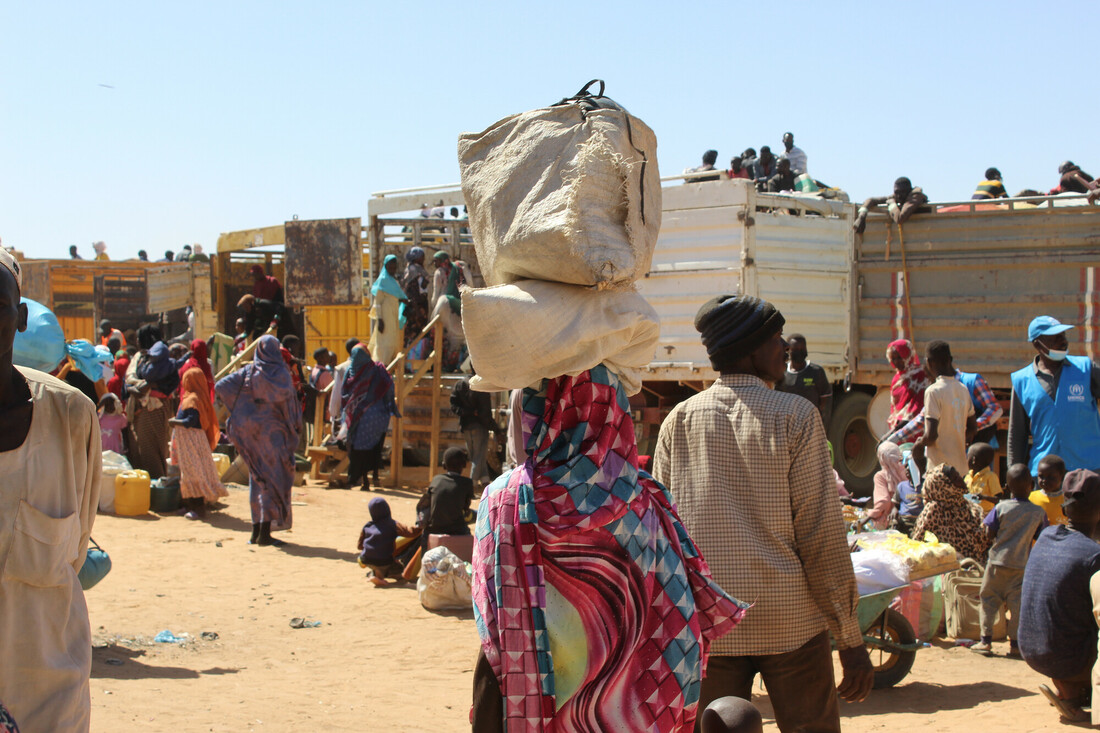
One year into the Sudan conflict, women and girls have borne the brunt of hunger, displacement and violence. CARE and partners analyzed the devastating impacts they have suffered, urging more international support.
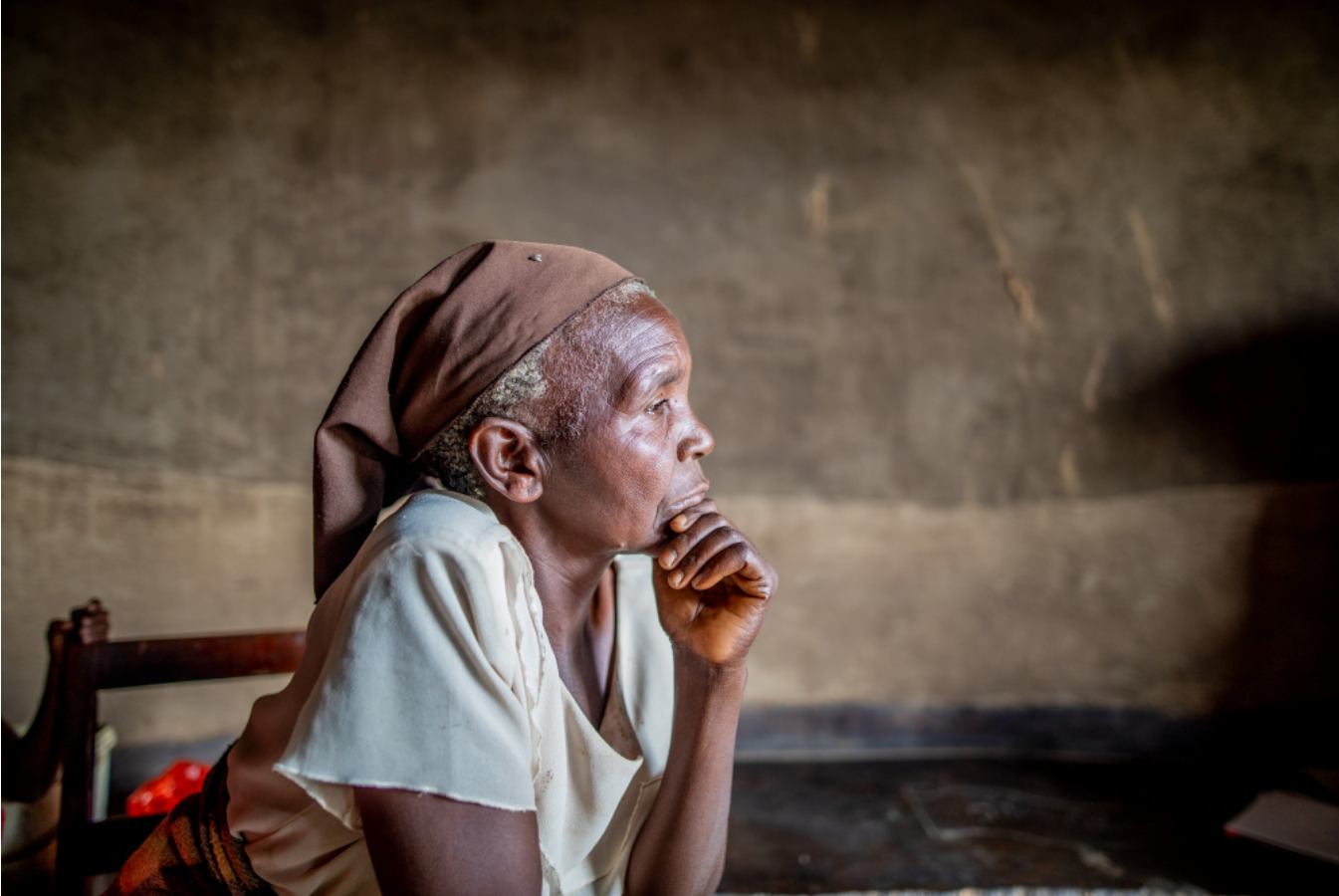
The need for humanitarian aid in 2023 has never been greater. At the same time, there was a lack of media attention for the suffering of tens of millions of people. CARE presents ten such humanitarian crises that received the least coverage in 2023 in the new "Breaking the Silence" report.
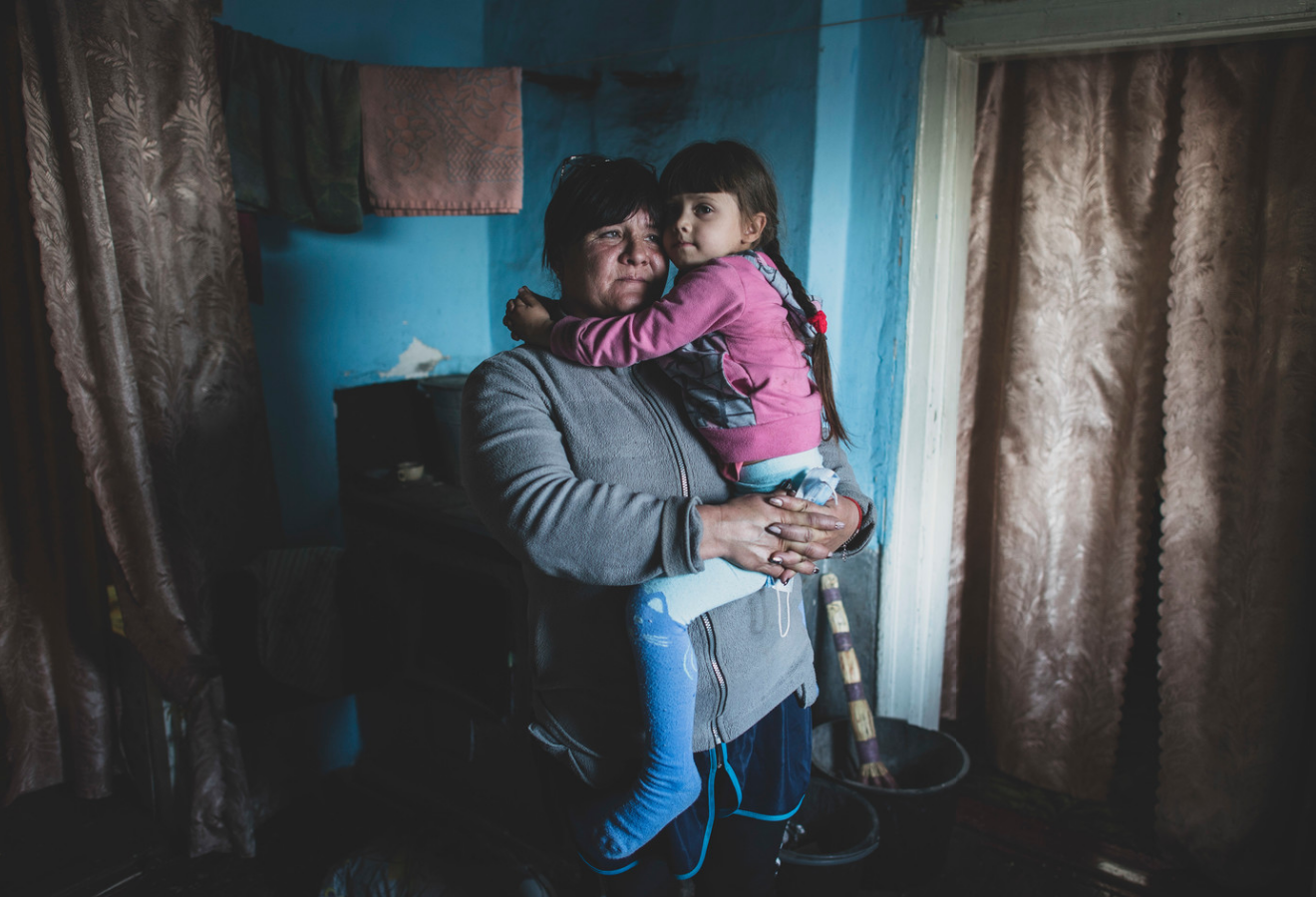
This Rapid Gender Analysis sheds light on the distinctive roles played by women and men during the Ukraine war, highlighting its troubling impacts on individuals and the whole of society
In FY2023, CARE worked around the world, contributing to saving lives, fighting poverty, and increasing social justice.